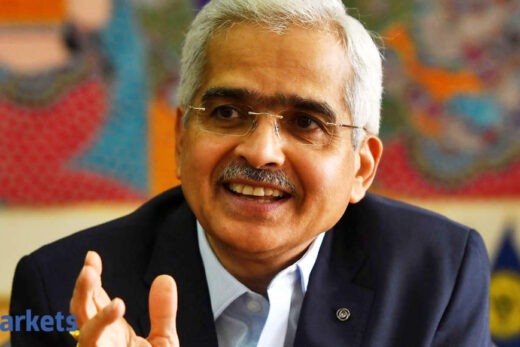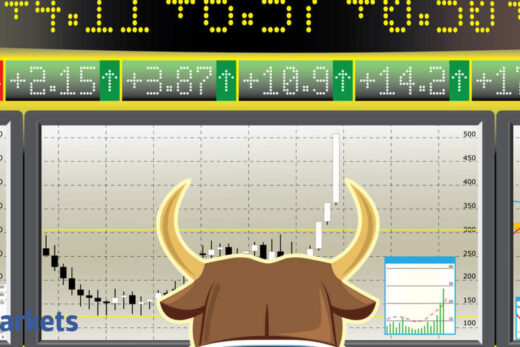The bond market move had some investors speculating the Fed would act to bolster its current bond-buying program in order to push down on long-term borrowing costs.
Higher bond yields can ripple through the economy, pushing up mortgage and other borrowing costs for businesses and families, potentially undermining the Fed’s aim to keep rates at rock-bottom so as to foster spending and investment and speed recovery from the pandemic recession. But that’s not how Fed policymakers see it.
“If we were seeing a real uptick in real yields, that would give me pause, that would give me concern that the amount of accommodation we are providing to the economy is reducing, and that might warrant us considering a policy response,” Minneapolis Federal Reserve Bank President Neel Kashkari noted.
He said “we are not seeing much movement in real yields” but rather an increase in what bond investors are demanding in compensation to reflect rising inflation expectations.
The remarks from the Fed’s arguably most-dovish policymaker were squarely in line with those of Fed Chair Jerome Powell, who on Thursday said he felt the current stance of policy was appropriate, and rejected concern that the recent rise in 10-year yields could impede the Fed’s work.
Under a new policy framework adopted last year, the Fed has promised to keep rates at their current near-zero level until the economy reaches full employment and inflation hits 2% and looks headed above it. It is also buying $120 billion in bonds a month to further pin down borrowing costs.
The Fed’s policy-making board next meets on March 16-17.
DOVISH ENOUGH
The moves in the Treasury market, Kashkari said Friday, suggest that the new framework is helping to push inflation up and “providing the kind of accommodation that we hoped it would.”
St. Louis Fed President James Bullard, in an interview on SiriusXM Radio, agreed.
“It’s not matching up right now that we need to be more dovish than we already are,” Bullard said.
Bullard also dismissed the need for the Fed to take specific action any time soon to cap the rise in yields through an “Operation Twist” that would shift bond purchases toward longer maturities to put more downward pressure on longer-term yields. The Fed executed such a move about a decade ago as the economy was recovering from the 2008 financial crisis.
The 10-year US Treasury note
Echoing Powell’s comments from a day earlier, Bullard said he would be concerned by disorderly behavior in the Treasury market. “Something panicky would catch my attention, but we’re not at that point.”
Asked about the prospect for additional fiscal stimulus beyond the current $1.9 trillion relief bill now being debated in Congress, Bullard said he was “skeptical” about such a package getting enacted, adding he sees it as only a 50% probability.
Bullard reiterated his own recent forecast for the US jobless rate to end the year at around 4.5% and that gross domestic product growth could be around 6.5% as vaccine rollouts and diminishing COVID-19 infection rates allow for a broader resumption of economic activity.
Nonetheless, he said, we “still need a lot of repair” in the labor market.



